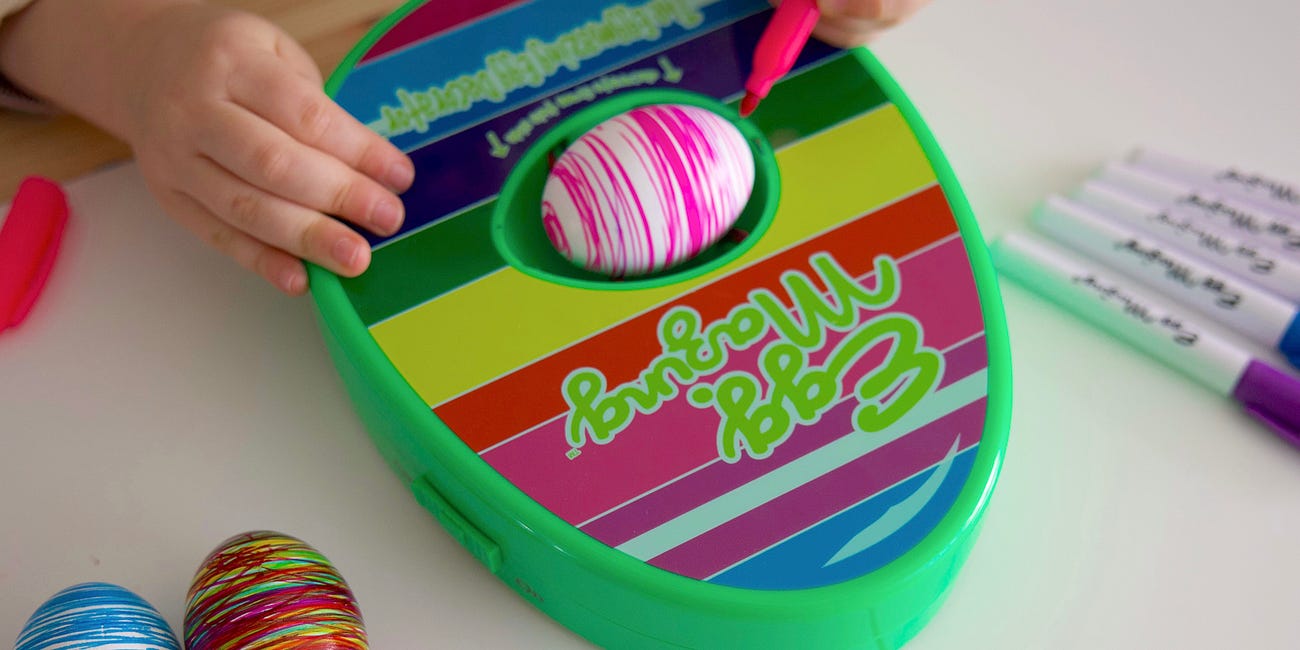Rush to the docks: US retailers look to speed up imports to soften tariff blow
A flood of goods is expected into US ports as American companies — large and small — rush inventory into the country before tariffs further increase on imported goods.
President Donald Trump in February announced 25% tariffs on imports from Canada and Mexico and 10% tariff on imports from China. He then paused the tariffs on Canada and Mexico for a month on some goods that are compliant with the US-Mexico-Canada Agreement on trade that was signed during Trump’s first administration.
He also subsequently increased the tariff on all goods from China to 20%.
The uncertainty over tariffs is playing out at the nation’s ports where the volume of goods arriving in the weeks ahead could jump through spring and then ease back down through the summer (compared to levels a year ago), according to the Global Port Tracker report from the National Retail Federation (the industry’s largest trade group) and consulting firm Hackett Associates.
“Retailers are continuing to bring as much merchandise into the country ahead of rising tariffs as possible,” Jonathan Gold, NRF vice president for supply chain and customs policy, said in a statement.
Ahead of Easter, maker of viral egg decorator toy is caught between China tariffs and egg price surge
Easter is a very big deal for Curtis McGill and Scott Houdashell, inventors of the ‘Eggmazing Egg Decorator,’ a battery-operated toy with a unique spinning action that lets kids color eggs with markers in a mess-free way.
“The on-again, off-again tariffs against Canada and Mexico won’t have a direct impact on port volumes because most of those goods move by truck or rail. But new tariffs on goods from China that have already doubled from 10% to 20% are a concern, as well as uncertainty over ‘reciprocal’ tariffs that could start in April,” he said.
Gold said US retailers have been trying to diversify their sourcing of goods but “that doesn’t happen overnight.”
“In the meantime, tariffs are taxes on imports ultimately paid by consumers, not foreign countries, and American families will pay more as long as they are in place,” he warned.
Tariff is a tax that’s paid by an entity in one country that’s bringing in products from another country.
Businesses that pay the tariff have to incur it as an expense, which they can either absorb wholly or share partially or fully with their customers in the form of higher prices.
China tariffs: An opportunity for this Idaho toymaker's 3D-printing setup
Paul Young, who owns a small-scale toy business in Idaho with a wildly successful product — thanks to TikTok — has analyzed the potential impact China tariffs could have on his young business.
Several retailers have already warned that their shoppers should expect to pay more because of the tariffs.
Among them, Best Buy’s CEO Corie Barry cautioned about the impact of tariffs on consumer prices during the company’s most recent earnings call with analysts.
“International trade is critically important to our business and industry. The consumer electronics supply chain is highly global, technical, and complex,” she said during the call.
“China and Mexico remain the number one and number two sources for products we sell, respectively. While Best Buy only directly imports 2% to 3% of our overall assortment, we expect our vendors across our entire assortment will pass along some level of tariff costs to retailers, making price increases for American consumers highly likely,” she said.
Toymakers are particularly exposed to tariffs on China as most toys sold in the US are still made in China, even as leading toy companies such as Mattel and Hasbro have shifted some production away from there in recent years to other countries to offset China’s rising manufacturing costs.
In its most recent earnings call with analysts, Mattel’s chief financial officer, Anthony DiSilvestro, said China this year will account for less than 40% of its global toy production and Mexico represent less than 10% of its toys supply.
Still, he added that Mattel has a range of “mitigating actions” the company will consider against tariffs and “they also include potential price increases.”





